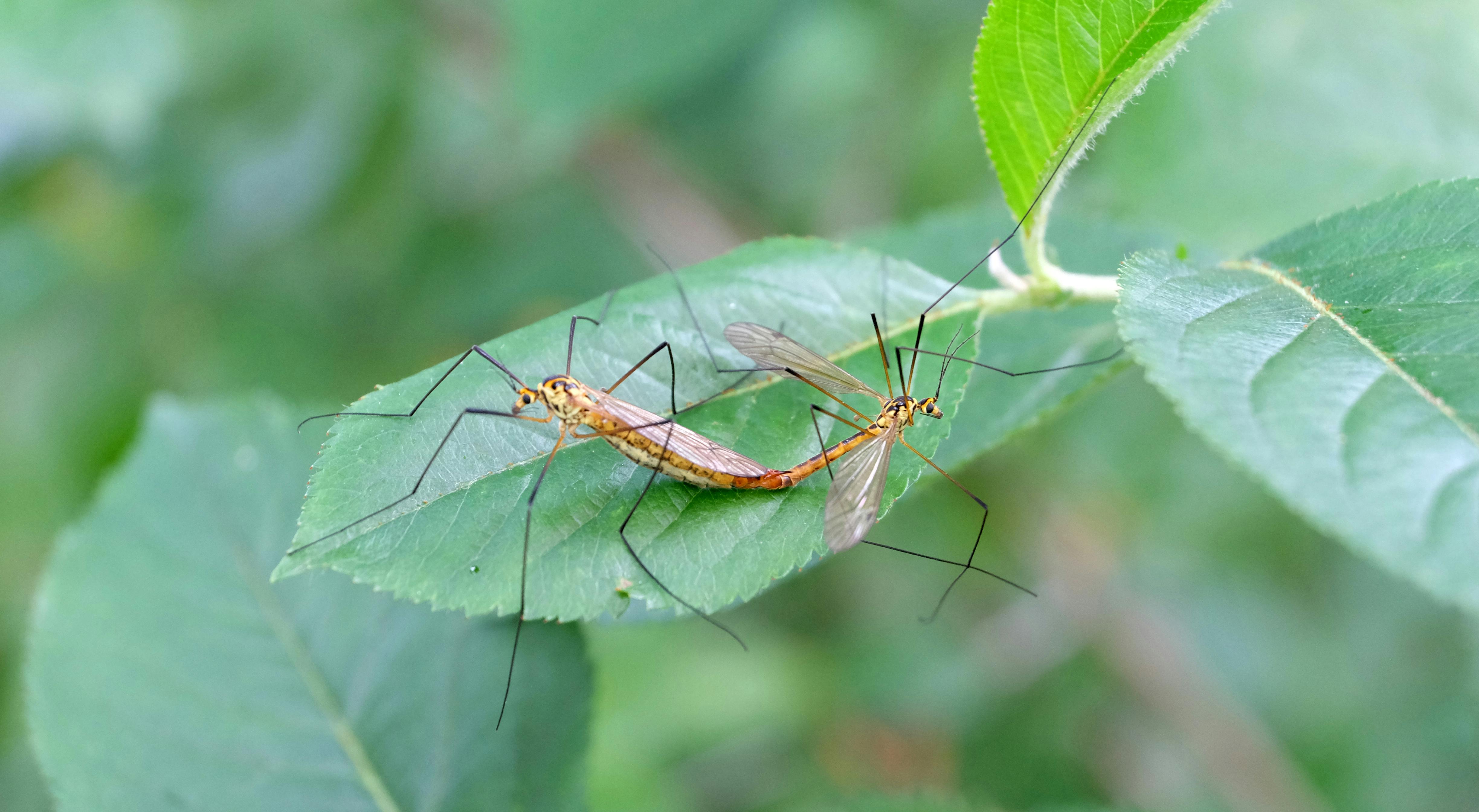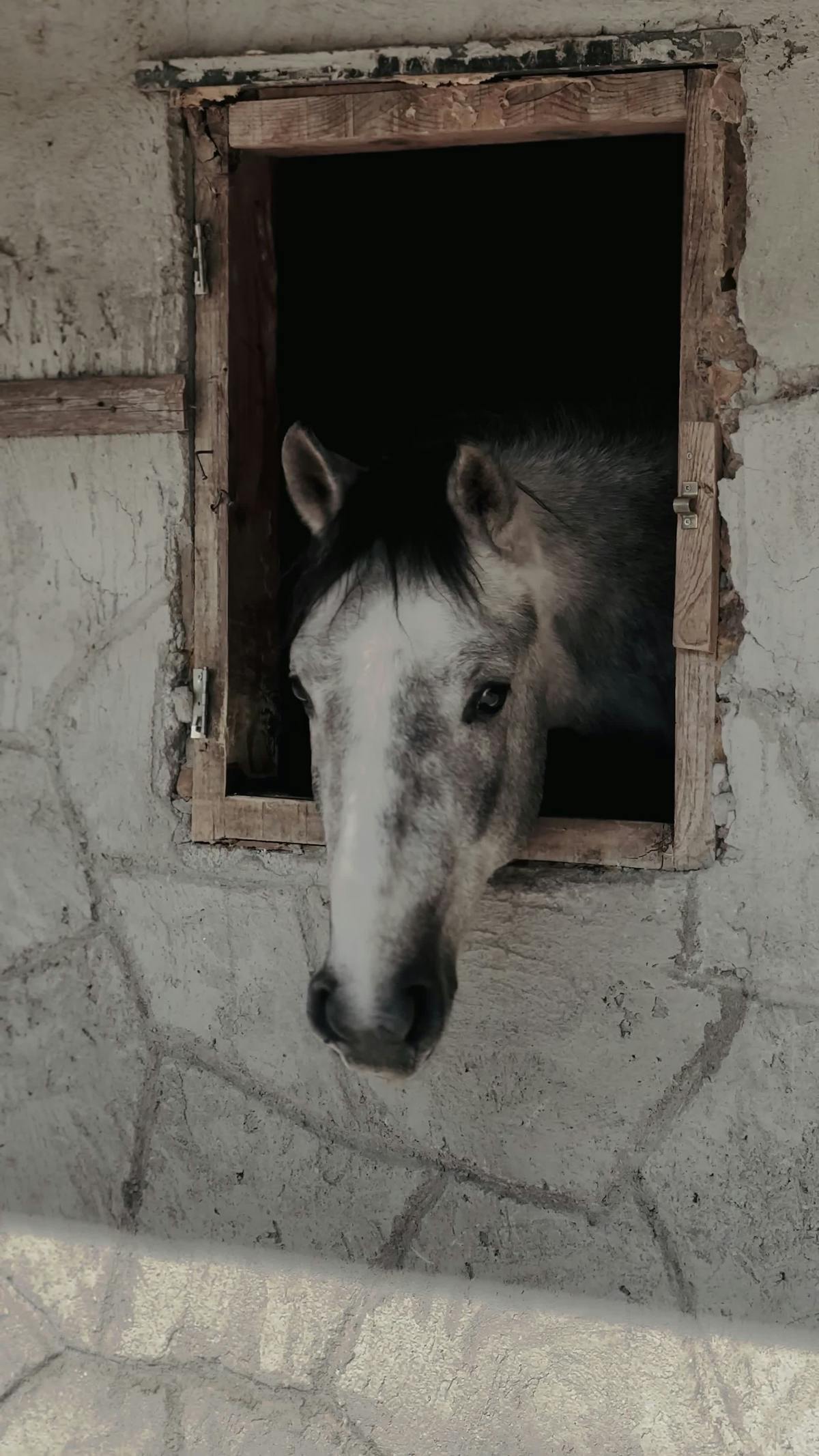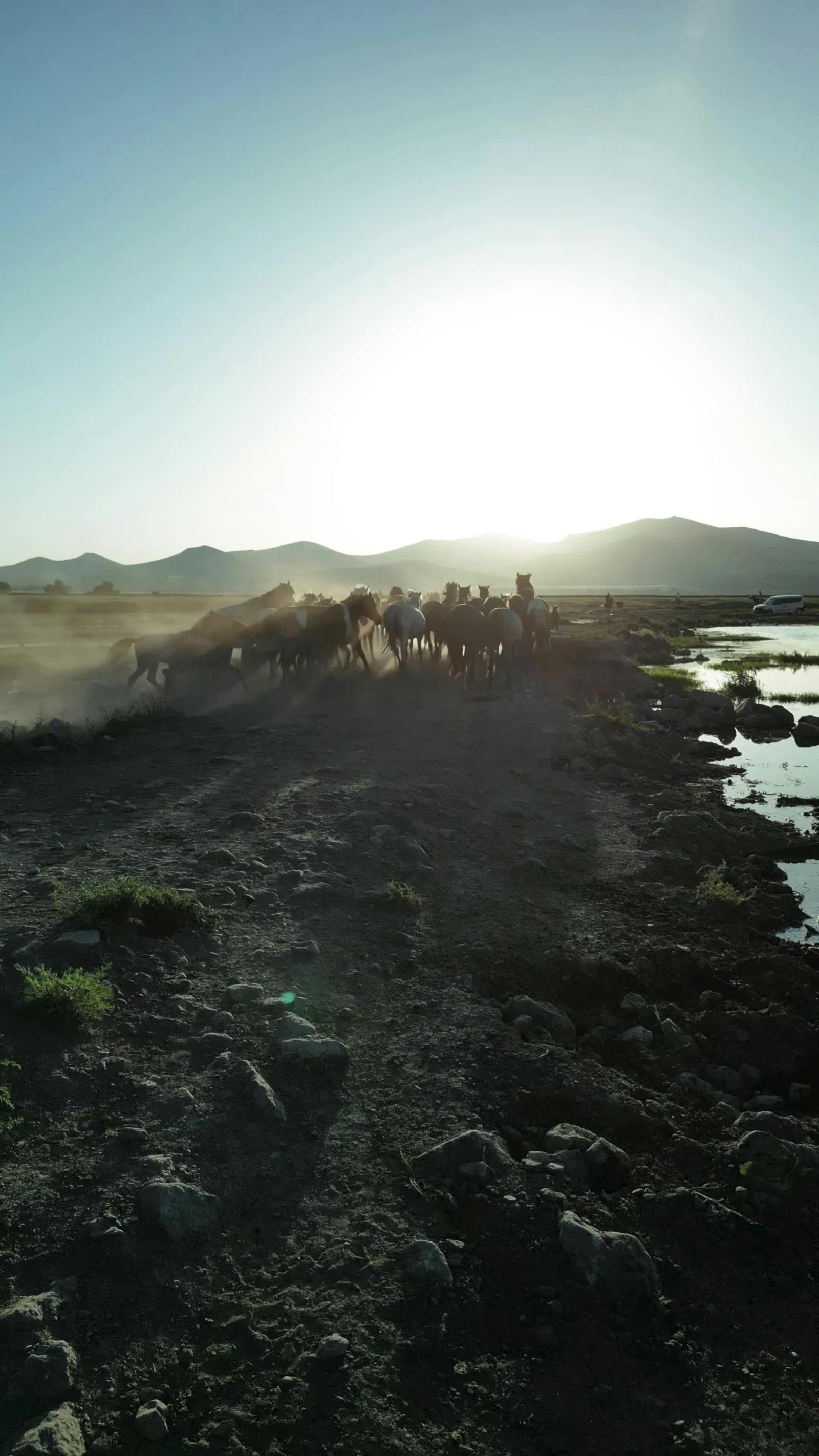So here's the deal, if you're into horses or just curious about the natural world, understanding how horse mating naturally happens is like opening a door to some pretty fascinating stuff. We’re not just talking about biology here; this is about the intricate dance of nature that’s been happening for thousands of years. Horse mating naturally isn't just about two horses getting together—it’s a complex process involving behavior, instincts, and environmental factors. So, buckle up because we’re diving deep into this wild world.
Now, before we jump into the nitty-gritty, let’s talk about why this matters. Whether you’re a horse breeder, an enthusiast, or simply someone who loves learning about animals, understanding horse mating naturally can help you appreciate the beauty of nature’s design. It’s not just about reproduction; it’s about the survival and evolution of one of the most majestic creatures on the planet.
And hey, don’t worry if you’re not an expert. This guide is here to break it all down for you in a way that’s easy to understand but still packed with valuable info. So, let’s get started and explore the wonderful world of horse mating naturally.
- Tips Drhomey Your Ultimate Guide To Smart Living Solutions
- Emilys Friends A Deep Dive Into Her Inner Circle And Their Impact
Understanding the Basics of Horse Mating Naturally
Alright, so first things first, let’s talk about the basics. Horse mating naturally is a process that involves several key factors, including the right timing, the right environment, and, of course, the right partners. Unlike some animals that can mate anytime, horses have a specific breeding season. This season usually falls between spring and early summer, when the days are longer and the weather is just right.
During this time, mares (female horses) go into what’s called "estrus," which is basically their fertile period. This cycle lasts about 21 days, with the mare being in heat for around 5 to 7 days. During this window, she’s most receptive to stallions (male horses). Now, this isn’t just random—it’s nature’s way of ensuring the best possible conditions for successful reproduction.
Key Factors in Natural Mating
So, what makes horse mating naturally successful? Here are a few key factors:
- Hugh Grants Children The Story Behind The Scenes
- Famous Scorpios Unveiling The Celestial Stars Born Under The Scorpio Zodiac
- Timing: As mentioned, the breeding season is crucial. Mares are only fertile during certain times of the year.
- Behavior: Horses have specific mating behaviors that help them find the right partner. Stallions will often sniff and nuzzle mares to determine if they’re in heat.
- Environment: The right environment plays a big role. Horses need space, comfort, and the right social dynamics to feel comfortable enough to mate.
These factors work together to create the perfect conditions for natural mating. It’s not just about biology; it’s about behavior and instincts too.
The Role of Hormones in Horse Mating Naturally
Hormones are like the invisible puppet masters in the world of horse mating naturally. They control everything from the mare’s estrus cycle to the stallion’s behavior. For example, estrogen levels in mares rise during their fertile period, signaling to stallions that they’re ready to mate. On the other hand, testosterone levels in stallions increase, making them more aggressive and attentive to potential mates.
But here’s the thing—hormones don’t just affect the physical aspects of mating. They also influence behavior. A stallion in the presence of a mare in heat might display certain behaviors, like pawing the ground or vocalizing loudly. These actions aren’t just random—they’re part of the mating ritual.
How Hormones Affect Behavior
Let’s break it down a bit more:
- Estrogen: Increases in mares during estrus, making them more receptive to stallions.
- Testosterone: Boosts in stallions, making them more assertive and driven to find a mate.
- Pheromones: Chemical signals released by both mares and stallions that can influence behavior and attraction.
Understanding these hormonal influences can give you a deeper appreciation for how complex horse mating naturally really is.
Behavioral Aspects of Horse Mating Naturally
Now, let’s talk about the behavioral side of things. Horse mating naturally isn’t just about physical attraction—it’s also about social dynamics. Horses are herd animals, and their social structure plays a big role in how they approach mating.
In a natural herd setting, there’s usually one dominant stallion who gets first dibs on mating with the mares. This isn’t because he’s being selfish; it’s because he’s the strongest and most capable of protecting the herd. Other stallions might try to challenge him, but it’s a risky move that could end in injury.
Common Mating Behaviors
Here are some common behaviors you might see during horse mating naturally:
- Nuzzling: Stallions often nuzzle mares to check if they’re in heat.
- Vocalization: Stallions might neigh or whinny to attract a mare’s attention.
- Pawing: Stallions might paw the ground as part of their courtship ritual.
These behaviors might seem simple, but they’re actually quite complex and important for successful mating.
Challenges in Natural Mating
Of course, nothing in nature is ever completely smooth sailing. There are challenges that come with horse mating naturally, and it’s important to be aware of them. For one, not all matings are successful. Sometimes, a mare might not be receptive, or a stallion might not be in the mood. Other times, environmental factors like weather or space can interfere.
Another challenge is the risk of injury. Mating can be a pretty intense process, and if things don’t go smoothly, horses can get hurt. This is why it’s so important to ensure the right conditions are in place before letting horses mate naturally.
How to Overcome Challenges
Here are a few tips for overcoming common challenges:
- Provide Space: Make sure horses have enough room to move around comfortably.
- Monitor Behavior: Keep an eye on their interactions to ensure things don’t get too aggressive.
- Consult Experts: If you’re unsure about anything, don’t hesitate to seek advice from a veterinarian or equine expert.
These steps can help ensure a safer and more successful mating process.
Health Considerations in Horse Mating Naturally
Now, let’s talk about health. Just like humans, horses need to be in good physical condition to reproduce successfully. This means both the mare and the stallion should be healthy and free from any underlying issues that could affect fertility or the mating process.
Mares, for example, need to have a regular estrus cycle and be free from any reproductive disorders. Stallions, on the other hand, need to have good sperm quality and be physically fit enough to perform the act.
Signs of Good Health
Here are some signs that a horse is in good condition for mating:
- Regular Cycles: Mares should have consistent estrus cycles.
- Good Sperm Quality: Stallions should produce healthy, viable sperm.
- Overall Fitness: Both horses should be in good physical shape.
Regular check-ups with a veterinarian can help ensure both horses are in top condition for mating.
Environmental Factors in Horse Mating Naturally
The environment plays a huge role in horse mating naturally. Horses need the right conditions to feel comfortable and safe enough to mate. This includes having enough space, the right temperature, and the right social dynamics.
For example, if a horse feels cramped or stressed, it’s less likely to be receptive to mating. Similarly, if the weather is too extreme—either too hot or too cold—it can affect the process. It’s all about creating the perfect balance for nature to take its course.
Creating the Right Environment
Here’s how you can create the ideal environment for horse mating naturally:
- Provide Space: Make sure horses have enough room to move around.
- Control Temperature: Ensure the weather isn’t too extreme.
- Minimize Stress: Keep the environment calm and peaceful.
These factors can make a big difference in the success of natural mating.
Common Misconceptions About Horse Mating Naturally
There are a lot of myths and misconceptions out there about horse mating naturally. Some people think it’s all about brute force, while others believe it’s a completely random process. Neither of these is true. Horse mating naturally is a carefully orchestrated process that involves a lot of factors working together.
Another common misconception is that all horses can mate successfully at any time. This isn’t the case. As we’ve discussed, there are specific seasons and conditions that need to be met for successful mating to occur.
Debunking the Myths
Here are a few myths and the truth behind them:
- Myth: Horses can mate anytime.
Truth: Horses have specific breeding seasons. - Myth: Mating is purely physical.
Truth: It’s a combination of physical, behavioral, and environmental factors. - Myth: Any horse can mate successfully.
Truth: Health and fitness play a big role in successful mating.
Understanding these truths can help you better appreciate the complexity of horse mating naturally.
Advantages of Natural Mating Over Artificial Insemination
Now, you might be wondering why people choose natural mating over artificial insemination. There are actually several advantages to letting horses mate naturally. For one, it’s more natural and less invasive. It allows the horses to follow their instincts and behave as they would in the wild.
Another advantage is that natural mating can lead to stronger, healthier foals. This is because the strongest and most capable horses are more likely to mate, passing on their desirable traits to their offspring.
Why Choose Natural Mating?
Here are a few reasons to consider natural mating:
- Natural Process: It’s less invasive and more in line with nature.
- Stronger Offspring: Can lead to healthier, more robust foals.
- Behavioral Benefits: Allows horses to express natural behaviors.
These advantages make natural mating a popular choice for many horse breeders.
Conclusion: Embracing the Natural Process
So, there you have it—a comprehensive look at horse mating naturally. From understanding the basics to exploring the complexities of behavior and health, we’ve covered a lot of ground. The key takeaway is that horse mating naturally is a fascinating process that involves a lot more than just physical attraction.
Whether you’re a breeder, an enthusiast, or just someone who loves learning about animals, understanding this process can give you a deeper appreciation for the natural world. And hey, if you’ve learned something new today, don’t forget to share this article with your friends or leave a comment below. Let’s keep the conversation going!
And remember, if you have any questions or need more info, feel free to reach out. We’re always here to help you dive deeper into the wonderful world of horses.
Table of Contents
- Understanding the Basics of Horse Mating Naturally
- The Role of Hormones in Horse Mating Naturally
- Behavioral Aspects of Horse Mating Naturally
- Challenges in Natural Mating
- Health Considerations in Horse Mating Naturally
- Environmental Factors in Horse Mating Naturally
- Common Misconceptions About Horse Mating Naturally
- Advantages of Natural Mating Over Artificial Insemination
- Conclusion: Embracing the Natural Process



Detail Author:
- Name : Kenneth Witting
- Username : slueilwitz
- Email : oleta75@okeefe.com
- Birthdate : 1993-11-13
- Address : 1128 Pasquale Turnpike Arelyview, AK 14180-9530
- Phone : 936-339-9047
- Company : Rippin, Graham and Gottlieb
- Job : Equal Opportunity Representative
- Bio : Nostrum adipisci id illo voluptatum exercitationem est. Fuga repudiandae repellendus nobis numquam aut at aut. Quo ea quod in sequi.
Socials
facebook:
- url : https://facebook.com/sauer1990
- username : sauer1990
- bio : Eos dignissimos omnis deleniti asperiores voluptas nihil.
- followers : 2471
- following : 2357
tiktok:
- url : https://tiktok.com/@aniyah.sauer
- username : aniyah.sauer
- bio : Et dolores dolorum quod.
- followers : 1555
- following : 406
instagram:
- url : https://instagram.com/aniyah.sauer
- username : aniyah.sauer
- bio : Eveniet distinctio aut in aperiam vero. Provident iste aut odit natus aliquam. Qui sed dolorem in.
- followers : 1701
- following : 1538
twitter:
- url : https://twitter.com/asauer
- username : asauer
- bio : Eum expedita fugiat voluptatem illum consequatur autem ipsum. Est consequatur odio odit dolores commodi.
- followers : 2750
- following : 2123
linkedin:
- url : https://linkedin.com/in/asauer
- username : asauer
- bio : Sunt qui ab quo delectus libero excepturi est.
- followers : 4567
- following : 188